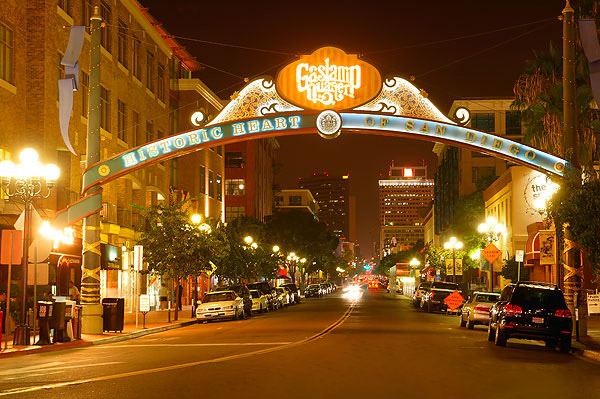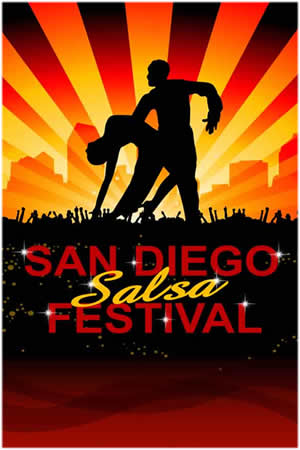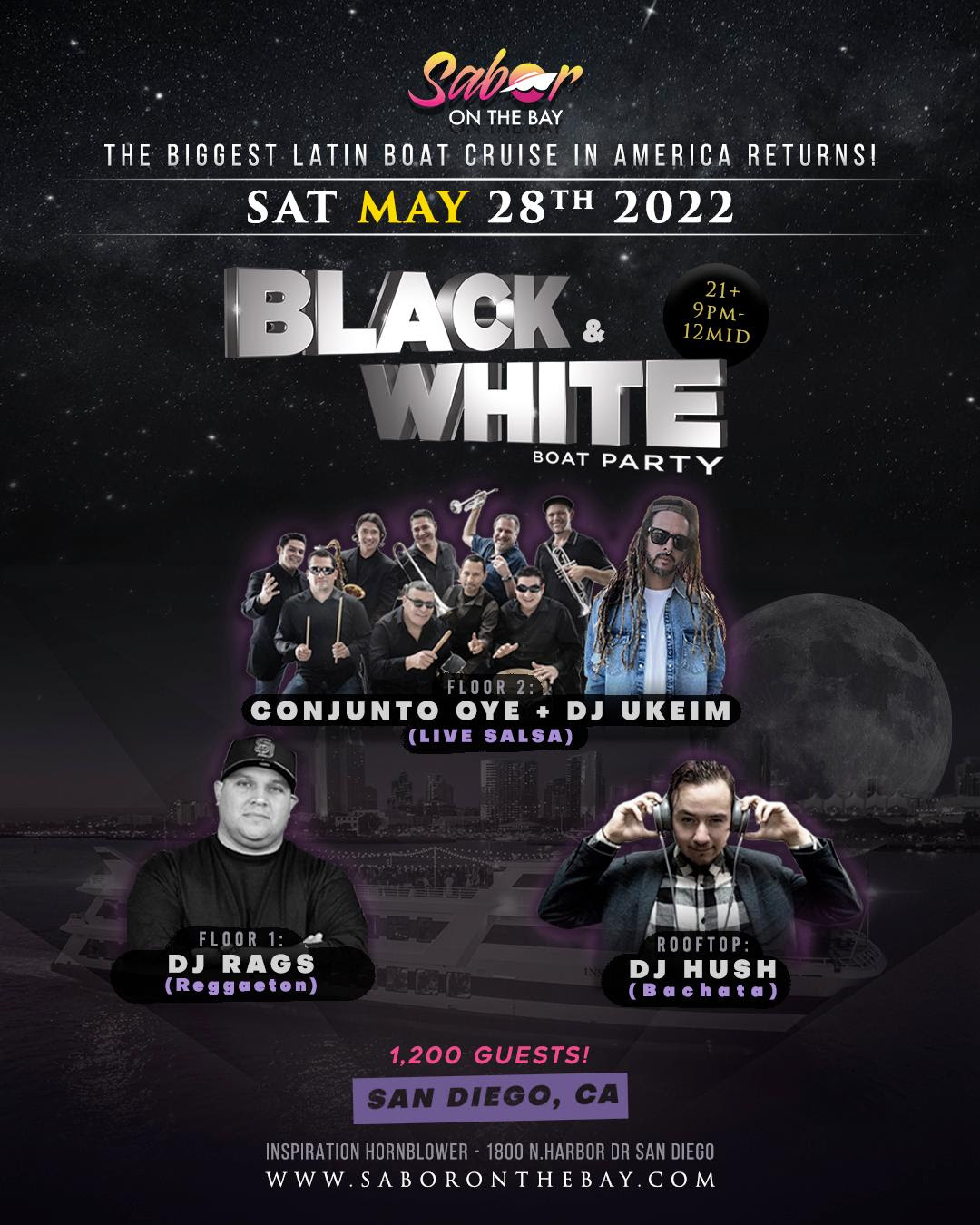
For somebody new to salsa dancing here in San Diego, the dance and local club scene present a wild world of opportunity. Â There are many places to explore and people to meet in that journey as one learns to dance salsa. Â
Each of us that has learned to salsa dance has our own story that adds to this overall experience. Â Indeed, for many of us salsa dancing defines us to some degree and gives us an identity that we share with the rest of the world. Â I recently participated in a local research study about the San Diego salsa dance scene and wanted to share the conclusions that the main researcher, Jamie L. Lynn, had arrived at. Â Below is the interview I conducted with Jamie. Â I hope you learn something new about San Diego salsa dancing just as I have from the study and interview. Â Enjoy!
_______________________________
Ritmo Bello:Â Â Jamie, let’s begin. Â As someone involved in the San Diego salsa community I found your study extremely intriguing. Â Could you describe to the Ritmo Bello audience the overall premise of the study and who is funding it?
Jamie L. Lynch:  Hi John! Iâm glad to hear of your interest. The study grew out of a few term papers I wrote for both a Music and Culture class in the Anthropology Department and a Dance in World Cultures class in the Dance Department at San Diego State University. I conducted library research about the history of Salsa and found the social process of community building to be a fascinating aspect of this dance form that I myself greatly enjoy. I was interested to see how the San Diego Salsa community compared with others I read about in ethnographies, books, and academic journal articles.
There was no funding for this research, but I was provided a small stipend for living expenses from the McNair Scholars Program, a part of TRIO, which is sponsored by the U.S. Department of Education. You can read more about TRIO and their programs by visiting their website:
http://www.ed.gov/programs/triomcnair/index.html
Ritmo Bello:Â How did you personally get involved in this study? Â
Jamie L. Lynch: As a Ronald E. McNair scholar, I was given the opportunity to conduct research over the summer as an undergraduate in the Anthropology Department at SDSU. I was the Co-Principal Investigator along with Dr. Ramona Pérez, my faculty mentor. This means that I played a major role in developing the idea and methods, as well as conducted the day-to-day research and the final reporting of results.
Ritmo Bello: I participated in the study myself and found that many of the questions were philosophical in nature like the question “What does Salsa Dancing Mean to You?” Â What were some of your responses to this question and were they surprising to you?
Jamie L. Lynch:  I wanted to start out asking broad questions to be sure that I allowed interview participants to frame Salsa in a way that made sense to them, rather than impose my own preconceived notions onto the interviewee. Most interviews were conducted in person, which allowed me to tailor the interview to the participant, rather than treating the interview as a one-size-fits-all survey. Some of the questions were based on the wide literature that has been published on the subject of Salsa and were asked for comparison purposes.
Many of the responses I received mirrored my own feelings about Salsa, some of those being that Salsa is an excellent medium for fun and relaxation with friends. I was surprised to hear some respondents define Salsa as a genre that encompasses many styles I had considered to be separate from Salsa. For example, a few included Tango within the genre of Salsa. One of the goals of an anthropologist is to understand the world in terms of the community in which she participates and studies; thus, it was interesting as an anthropology student to learn how various people categorized Salsa.
Ritmo Bello: You mentioned in our prior correspondence that this research study utilizes Bourdieu’s notion of cultural capital in relation to salsa dancers.  What does this mean?
Jamie L. Lynch:  That is an excellent question! Pierre Bourdieu was a 20th century French social theorist who believed that aesthetics are socially constructed and ingrained at a young age, which is called habitus. Additionally, if an outsider accumulates enough cultural capital, he or she will likely be accepted into a foreign community. This basically means that if it looks like a duck and walks like a duck, the duck community will usually welcome the non-duck outsider. The process of habitus may explain why those who grew up listening to Salsa music have a natural ability to perform complicated body isolation movements in conjunction with subtle musical elements without feeling like they learned to dance Salsa. Those who take Salsa lessons may be acquiring social capital in order to become part of the Salsa community. Â
Ritmo Bello:Â Â Â I thought it was interesting that the study focuses on ethnicity and salsa dancing. Â What things did you learn about ethnicity and it’s interaction with a salsa dancer’s development?
Jamie L. Lynch:  Another great question. Because this study was exploratory in nature, I did not have any explicit hypothesis that was to be tested and proven or falsified. That being said, I based the focus of my study on ethnicity and identity because previous descriptions of Salsa communities differ greatly in each of the ethnographies I read, especially in the role ethnicity plays for Salsa dancers of varying communities. For some, such as in CalÃ, Colombia, Salsa was the backdrop among which young adults socialized and as such was danced as a normal activity in the community at large. For others, such as in London, England, Salsa was historically danced as a way of enjoying ethnic solidarity among Latin Americans in order to recreate home and differentiate themselves from the dominant British ethnicity; however, Salsa was eventually subjected to appropriation and institutionalization that changed the aesthetic as well as the function. In Montreal, Canada, Salsa was a way for some Montrealors to express Latin heritage, and Salsa was a way for others belonging to the âWhiteâ ethnicity to release themselves from what they considered to be oppressive rigidity of movement. In the Midwestern United States, Salsa was widely danced for audience members in the context of performance and competition. For others, Salsa was danced socially in Spanish-speaking clubs as a way of maintaining solidarity among Latinos. I wanted to know how San Diego fit into this equation and I knew of no better way to find out than to not only see for myself, but to directly ask peoplesâ opinions on the subject to add context to my observations.
Ritmo Bello: You mentioned earlier that the study sets out to gauge “authenticity” of a salsa dancer. Â What do you mean to gauge by this specific inquiry and why is that important?
Jamie L. Lynch: I was curious to what extent ethnicity played a role in whether one was a Salsa dancer because of habitus or through acquisition of cultural capital, and whether either of these factors played a role in oneâs own perception of ownership of Salsa, in addition to whether either of these factors played a role in oneâs choice of Salsa instructor.Â
I do want to be clear that the study does not set out to gauge the authenticity of a Salsa dancer. Any references to authenticity were to understand the subjective opinions of San Diego Salsa dancers about how and whether authenticity can be established. In my personal opinion, the authenticity of a dancer cannot be externally measured and gauged by a researcher. Rather, possession of authenticity is usually achieved (or ascribed) by consent of the communityâthis is where Bourdieuâs theories come in. My goal as an anthropology student was to learn how authenticity is understood, performed and embodied by the individuals whom I interviewed. This was a large goal since an anthropologist can hope to understand this kind of subtlety only through years of participant observation. For this reason, my data is preliminary and not generalizable to the whole group. As you will see by reading my paper, it is the opinions of the individuals whom I interviewed that I report.
Ritmo Bello: I see. In the study you also ask about street movements versus ballroom movements as a way to “really own salsa.”  What type of responses did you receive on this particular question?
Jamie L. Lynch: To get a sense of the range of responses, you should read my full report by visiting the McNair Journal website:
http://www.sci.sdsu.edu/mcnair/journals.html
Ritmo Bello: Did you feel that you learned something about yourself through this study of San Diego salsa dancing?
Jamie L. Lynch: I learned that I have not danced enough this past year! I was a bit rusty at first while conducting the participant observation portion of the study. Academically, I learned how to be a better researcher. Most importantly, I learned that people are very happy to share their stories with a willing and active listener if you give them the time to open up.
Ritmo Bello: Anything else you’d like to share with the general public about the study?
Jamie L. Lynch: First and foremost, I would like to thank everyone who participated in an interview and to all my dance partners! It would have been impossible to do this research without your support and cooperation. I would like to stress that this study is based on preliminary data, which means it cannot be generalized to the larger San Diego community. Still, it was an informative process for me about how to conduct qualitative research, and hopefully the participants enjoyed the process as well.Â
For further reading, please consult these excellent resources:Â
Beasley-Murray, J. (2000). Value and Capital in Bourdieu and Marx. In N. Brown and I. Szeman (Eds.), Pierre Bourdieu: Fieldwork in Art, Literature and Culture. Lanham: Rowman and Littlefield. Â
Bosse, J. (2008). Salsa Dance and the Transformation of Style: An Ethnographic Study of Movement and Meaning in a Cross-Cultural Context. Dance Research Journal Vol. 40, No. 1. Champaign: University of Illinois Press.Â
Bourdieu, P. (1977). Outline of a Theory of Practice. Cambridge: University Press. Â
Pietrobruno, S. (2006). Salsa and its Transnational Moves. Lanham: Lexington Books.Â
UrquÃa, N. (2005). The Re-Branding of Salsa in Londonâs Dance Clubs: How an Ethnicised Form of Cultural Capital was Institutionalised. Leisure Studies, Vol. 24, No. 4. Forest Row: Taylor & Francis.Â
Waxer, L. A. (2002). The City of Musical Memory: Salsa, Record Grooves, and Popular Culture in Cali, Columbia. Middletown: Wesleyan University Press.Â
Ritmo Bello:Â How can the Ritmo Bello audience reach you if they want to find out more information about your San Diego salsa study?
Jamie L. Lynch: You can read my results by visiting the McNair E-Publication website:
http://www.sci.sdsu.edu/mcnair/journals.html
Anyone interested in receiving more information about this study may contact me at:
I am currently learning Labanotation, a movement notation system. Anyone who would like to volunteer to have his or her âmovesâ notated, email me at the address given. I need any and all volunteers (beware that Iâm still in the learning process of how to do this.) It might be fun to have your style of Salsa recorded on paper– kind of like a piece of music is written. Rest assured, all past and future participants will remain anonymous.
Ritmo Bello:Â Â Jamie, thanks for your time and good luck in your future endeavors!Â
Jamie L. Lynch: Thank you, John. I hope to see you at a Meet-Up very soon. Â
Â









Trackback this post | Subscribe to the comments via RSS Feed